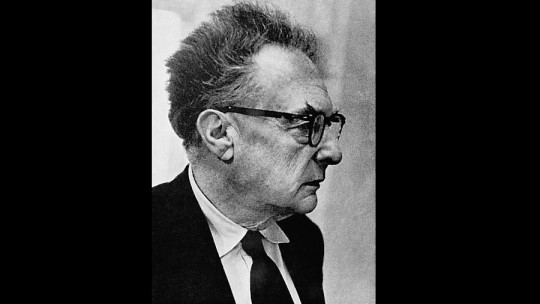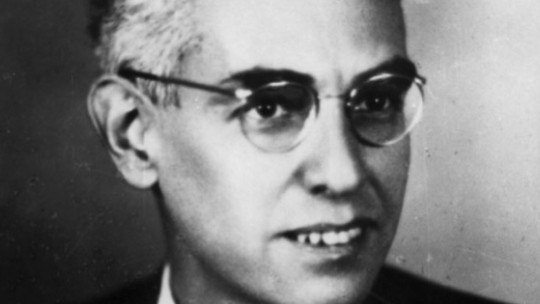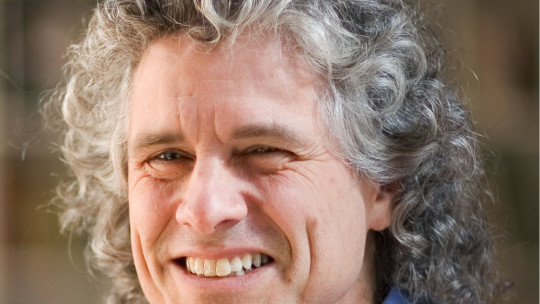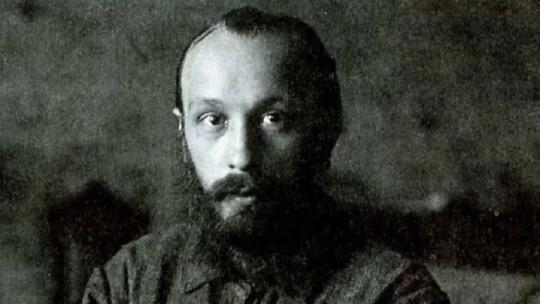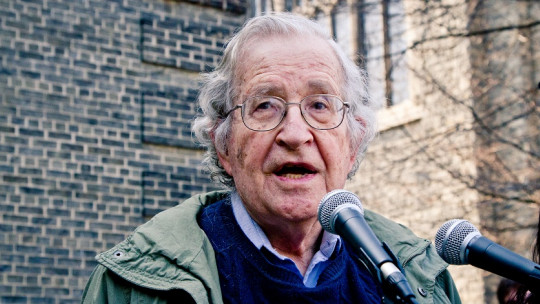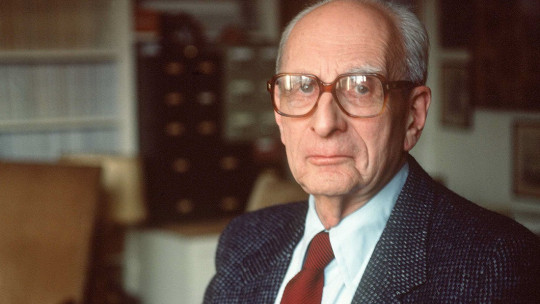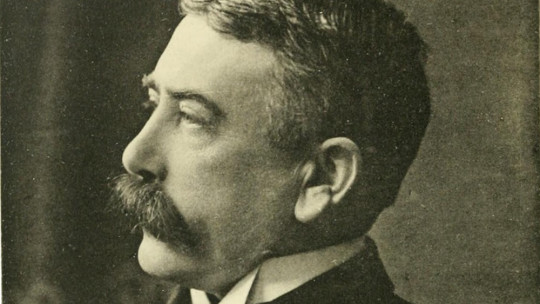The history of the study of philology and language goes back many years. A prominent figure in this field of knowledge was the Russian Roman Jakobson, philologist and linguist, and author of the theory of communication, where he establishes the 6 functions of language.
In this article we will briefly see a biography of Roman Jakobson and we will learn about his contributions to linguistic and literary knowledge. In addition, we will explain in detail what his theory of communication consists of, still valid today.
Roman Jakobson Biography
Roman Jakobson was a Russian philologist and linguist of Jewish origin, born in Moscow on October 11, 1896, and who died in Boston on July 18, 1982. Roman Jakobson He was a great student of language; he especially studied the difficulties that could appear in it He was also very interested in literature, poetry and literary phenomena and techniques, as his career demonstrates and as we will see throughout the article.
From a very young age he was interested in poetry, and that is why he was involved in the creation of two leading centers in literature, the “Moscow Linguistic Circle”, dated 1915, and the “Society for the Study of Poetic Language”. of Leningrad”, from 1917. At the creation of the latter he was only 18 years old.
the beginning
It was in Moscow where Roman Jakobson began to study oriental languages, at the Lazarev Institute of Oriental Languages. Subsequently, he entered Moscow University and enrolled in the Faculty of Philology and History.
At that time, Russian formalism prevailed, an intellectual and literary movement born during the First World War, and which consolidates the independence of literary theory and literary criticism as autonomous disciplines.
Jakobson had a relationship with Nikolai Trubetskói, another important Russian linguist and phonologist, with whom he mainly corresponded.
Professional tour
In the 1920s he went to live in Prague, and soon began working as a professor of Russian philology , specifically in 1923. He also worked as a professor of ancient Czech literature, years later, in 1937; He did it in Brno, a city in the Czech Republic.
He was researching in the field of philology, poetry, creation and language, and published his results in a series of installments: “The New Russian Poetry” (1921) and “On Czech Verse, with Particular Reference to Russian Verse.” ” (1923).
In 1930 Roman Jakobson defended his doctoral thesis in Prague. However, 9 years later, in 1939, he must flee the city because of the Nazi invasion, since he is Jewish. After his escape, Roman Jakobson works in different universities as a professor: specifically, in Uppsala, Oslo and Copenhagen. But in 1941 he must flee again, again due to the Nazi invasion. On this occasion he emigrated to the United States
Once there, he works as a professor at Harvard, Columbia and the Massachusetts Institute of Technology (MIT). It is in the US where Jakobson focuses especially on the field of linguistics, in contrast to previous years, which were more poetic and focused on literary theory.
Construction site
Roman Jakobson’s career focused on the study of different literary phenomena. Other of his works that reflect this are: Observations on the prose of the poet Pasternak (1935) and Unknown verses of Mayakovsky (1942).
Specifically, the work of this philologist is translated into 475 titles; Of them, 374 correspond to books, and 101 to various texts such as poems, prefaces, journalistic articles… His work, however, has not always been done alone, and that is why many of his works have been created in collaboration with Other authors.
Roman Jacobson He not only investigates “adult” language and literature; also studies children’s language These studies were especially innovative, focusing on the universal role of some types of sounds in children’s language.
On the other hand, he also studied aphasias (language disorders); specifically, the linguistic alterations that occur in them.
Death and legacy
Jacobson died in Boston on July 18, 1982, at the age of 85 and after spending his life immersed and researching in the field of linguistics and literature.
Roman Jakobson’s work was distributed in many countries, including France and Spain. Currently, the Russian philologist continues to be a figure recognized and remembered for his contributions and his work, especially for the theory of communication, where the elements and functions of language are distinguished, this being very practical and easy to understand.
Communication theory
Within his theoretical contributions, perhaps Roman Jakobson’s most important contribution was that of communication theory, present in his work. Closing statements: Linguistics and Poetics (1958). In it he presented what were, according to him, the 6 functions of language In this work Jakobson presents his model of communication theory; This model focuses on the process of linguistic communication, configured by these 6 functions of language.
Comunication elements
Before knowing these functions, let’s talk about the elements that, according to Jakobson, are necessary for human communication:
1. Issuer
Is about the person who sends the message which transmits it to its listeners.
2. Receiver
Every communicative act needs a receiver; In this case, it is the person who receives and processes the message that the sender has transmitted, that is, the recipient of the message.
3. Message
The message or messages constitute what the sender is transmitting; That is, it is what is transmitted through communication, and corresponds to an experience, a meaning, an explanation, an idea etc.
4. Code
The code, according to Roman Jakobson, is the rules that, combined, form the message; that is to say, corresponds to the type of language used
5. Channel
Finally, the channel is the path that allows communication to occur between sender and receiver. That is, the medium that enables the transmission of the message.
Features
The 6 functions of language that Roman Jakobson proposes in his theory of communication are the following (each one is focused or oriented on an element of the communicative process):
1. Referential
The referential function is context or content oriented It is typical of narrative, informative texts, etc.
2. Emotional
This is oriented to the issuer, this being understood as a subject that expresses emotions, thoughts, sensations.
3. Connotative or conative
The conative function is oriented to the receiver (recipient of the message). Generally, what the sender wants is for the receiver to act based on what he is transmitting (that is, it includes his orders, questions, requests…), and this is what the connotative function corresponds to.
4. Factual
This function focuses on the contact or channel; encompasses the resources that make it possible to establish and maintain communicative interaction
5. Metalinguistics
Code oriented; The metalinguistic function allows us to talk about the code itself, that is, to talk about the language itself.
6. Poetics
The last function of language proposed by Roman Jakobson focuses on the message itself The poetic function appears when the transmission of the message is intended to produce a special effect in the recipient, whether emotion, joy, euphoria, etc.

